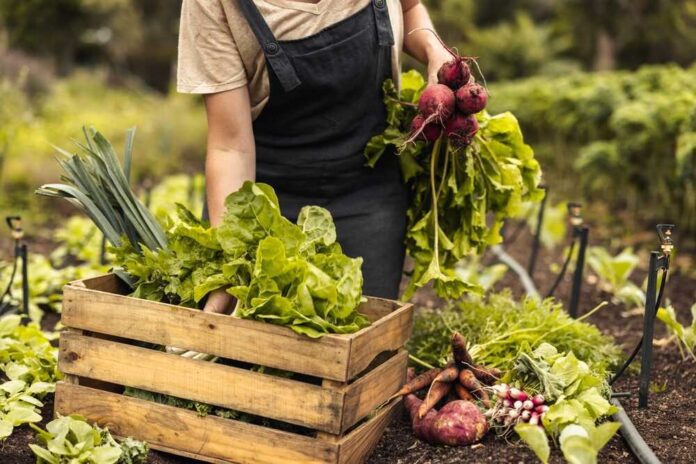Rising expenses and the proliferation of substantial family-owned farming companies make farming less attractive to young Americans. The percentage of overall output value contributed by large-scale farms, defined as those with annual gross earnings of over $1 million, has climbed over the past decade, from 35% in 2011 to 46% in 2020.
Fewer workers can now maintain larger farms because of technological advancements and the increased usage of cutting-edge capital equipment. Farmers are more open to selling their businesses since fewer farmers have children, reducing the number of potential heirs to the farm. Young people interested in farming can start making more money far sooner by working in other industries.
Following a long-term trend, the average age of farmers has increased from 56.3 in 2012 to 57.5 in 2017, with this increase occurring across all age groups. There aren’t enough young people in farming because the older generations who own the farms aren’t willing to hand over control of their multimillion-dollar operations to the younger generations, and the younger generations aren’t willing to work for the older generations.
The United States Department of Agriculture (USDA) offers a grant program to attract more young people to farming by funding the training of new farmers. Capital equipment costs are not eligible for the maximum award of $250,000 per year for up to three years.
Families run the vast majority of farms in the United States, and only 2.4% are not owned by the person who manages them. Small family farms with gross earnings of $350,000 or less made up nearly half of all cropland but contributed just 20% of all harvests.
At 7.44% in 2014, government payments as a percentage of farm revenue reached a recent low in 2019 of 20.35%. From 2022-2032, the number of jobs in agriculture is projected to fall by 2%, even though an additional 115,700 jobs will be produced annually on average.


















